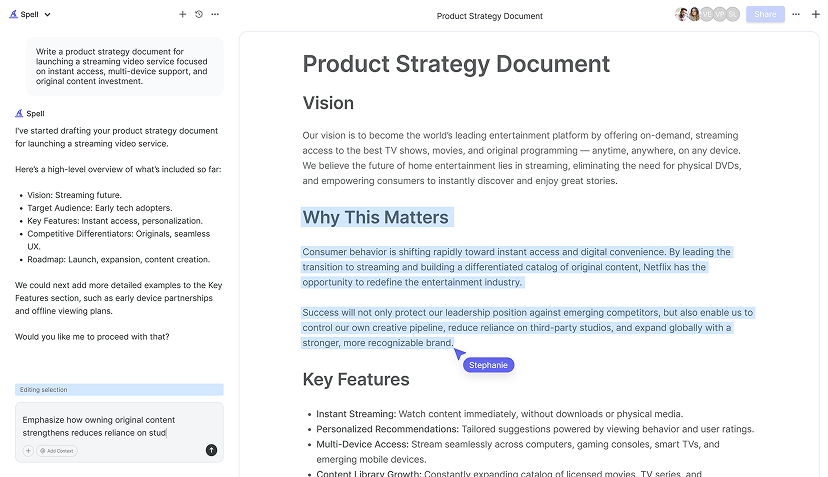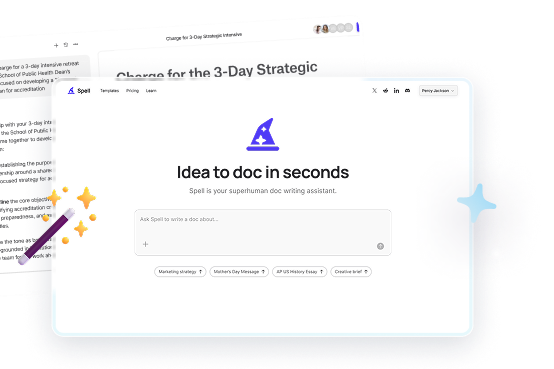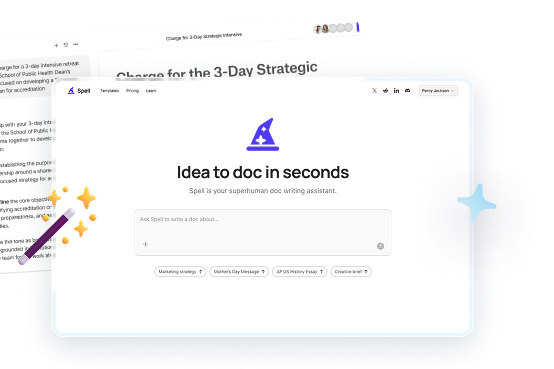Writing a 10-page essay might seem like climbing a mountain, but with the right tools and a clear plan, you can reach the summit without breaking too much of a sweat. Whether you're tackling a research paper or a lengthy assignment, this guide will break down the steps to make your writing process smoother and more manageable. From brainstorming and outlining to drafting and revising, let's work through each phase to help you craft a comprehensive and cohesive essay.
Getting Started: Setting Your Foundation
First things first, you need a solid foundation for your essay. It's like building a house. You wouldn't start with the roof. The foundation of your essay involves understanding your topic, gathering sources, and forming a thesis statement.
- Pick a Topic: If your instructor hasn't assigned a specific topic, brainstorm ideas that interest you. Choose something you're curious about; it'll make the research and writing process more enjoyable.
- Research: Gather sources that provide a variety of perspectives on your topic. Make sure to choose credible sources such as academic journals, books, and reputable websites.
- Thesis Statement: Your thesis is the central argument of your essay. It should be specific and clear. For example: "The rise of social media has transformed modern communication by promoting connectivity and fostering new forms of self-expression."
Once you've nailed down these elements, you're ready to outline your essay.
The Magic of Outlining: Your Essay's Blueprint
An outline serves as your roadmap. It keeps you on track and ensures your essay flows logically. Here's how to create an effective outline:
- Introduction: Start with a hook to grab the reader's attention. Follow up with a brief overview of your topic and end with your thesis statement.
- Body Paragraphs: Each paragraph should focus on a single point that supports your thesis. Begin with a topic sentence, provide evidence or examples, and end with a concluding sentence that ties back to your thesis.
- Conclusion: Summarize your main points and restate your thesis in a new way. End with a final thought or call to action that leaves a lasting impression.
Here's a mini example of an outline for our social media thesis:
I. Introduction
A. Hook: Imagine a world without social media.
B. Brief Overview: Social media's role in modern communication.
C. Thesis: The rise of social media has transformed modern communication by promoting connectivity and fostering new forms of self-expression.
II. Body Paragraphs
A. Connectivity
1. Topic Sentence: Social media enhances global connectivity.
2. Evidence: Statistics on social media usage.
3. Conclusion: Connectivity has never been easier.
B. Self-Expression
1. Topic Sentence: Social media platforms offer new avenues for self-expression.
2. Evidence: Examples of personal blogs and YouTube channels.
3. Conclusion: Individuals can showcase their creativity.
III. Conclusion
A. Summary: Recap main points.
B. Restate Thesis: Social media's transformative impact on communication.
C. Final Thought: The potential future of digital communication.

Drafting: Putting Pen to Paper
With your outline in hand, it's time to draft your essay. This is where you flesh out your ideas and bring your outline to life. Don't worry about perfection; focus on getting your thoughts down.
- Write Your Introduction: Start strong with a captivating opening. Introduce your topic, provide context, and present your thesis.
- Develop Body Paragraphs: Follow your outline closely. Use evidence from your research to support your points. Make sure each paragraph transitions smoothly to the next.
- Craft a Conclusion: Your conclusion should tie everything together. Avoid introducing new information. Instead, focus on reinforcing your thesis and leaving a lasting impression.
During this stage, remember that writing is a process. It's okay to have rough patches. You'll polish them during revision.
Revising: Turning Rough Drafts into Polished Gems
Now that you have a draft, it's time to refine it. Revising is more than just editing for grammar. It's about improving the overall flow and coherence of your essay.
- Check Structure: Ensure each paragraph has a clear purpose and supports your thesis. Rearrange sections if necessary for better flow.
- Eliminate Redundancy: Look for repetitive ideas or phrases and trim them down. Conciseness is key.
- Enhance Clarity: Make sure your arguments are well-articulated and easy to follow. Rewrite confusing sentences for clarity.
At this stage, you might find Spell particularly useful. It can help you generate drafts quickly using AI, making the revision process much smoother.
Editing: The Finer Details
After revising, it's time to edit your essay. This step focuses on grammar, punctuation, and style. A well-edited essay is a pleasure to read.
- Grammar Check: Use tools to spot and correct grammatical errors. Pay attention to subject-verb agreement and tense consistency.
- Punctuation: Ensure proper use of commas, periods, and other punctuation marks.
- Style Consistency: Maintain a consistent tone and style throughout your essay. Avoid switching between formal and informal language.
Editing can be meticulous, but it's where your essay truly shines. If you're looking to streamline this process, Spell offers features to help refine and polish your writing effortlessly.

Proofreading: The Final Polish
Before you consider your essay complete, give it a final proofread. This step catches any lingering errors you might have missed.
- Read Aloud: Reading your essay out loud helps you catch awkward phrasing or errors you might overlook when reading silently.
- Peer Review: Have someone else read your essay. A fresh pair of eyes can spot mistakes you might have missed.
- Print It Out: Sometimes, viewing your work on paper reveals errors that digital screens might hide.
Proofreading is the last line of defense before you submit your essay, ensuring it's as polished as possible.
Formatting: Presenting Your Work
Proper formatting is crucial for making your essay look professional and organized. Follow any specific guidelines provided by your instructor or institution.
- Margins and Spacing: Typically, essays use 1-inch margins and double spacing. Check if your institution requires specific formatting.
- Font: Use a standard, readable font like Times New Roman or Arial, size 12.
- Page Numbers and Headers: Include page numbers and a header with your name and the essay title.
Formatting might seem minor, but it significantly impacts the readability and professionalism of your essay.


Citations: Giving Credit Where It's Due
Properly citing your sources is essential to avoid plagiarism and give credit to original authors. Familiarize yourself with the citation style required by your instructor, such as APA, MLA, or Chicago.
- In-text Citations: Include citations within your text where you reference ideas or quotes from other works.
- Works Cited/Bibliography: At the end of your essay, include a list of all the sources you referenced.
- Citation Tools: Use online citation generators or tools like Spell to help format your citations correctly.
Accurate citations demonstrate academic integrity and respect for the work of others.
Final Thoughts
Writing a 10-page essay is a journey, but with a clear plan and a disciplined approach, it's entirely manageable. From brainstorming to proofreading, each step is crucial in shaping a compelling piece. Remember, if you're ever in a pinch for time, Spell can help you draft and refine your essay with ease, making the process even quicker and more efficient. Happy writing






